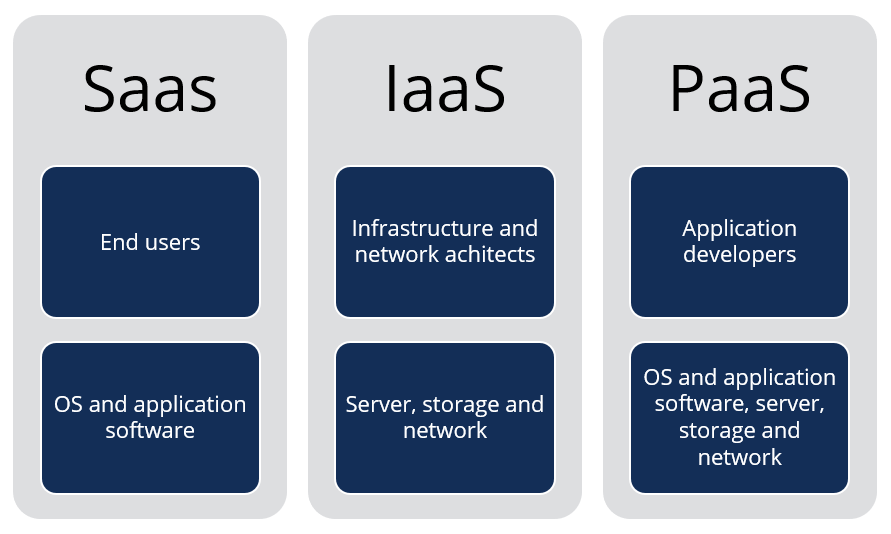LinkDaddy Cloud Services Press Release: Announcing New Features and Enhancements
LinkDaddy Cloud Services Press Release: Announcing New Features and Enhancements
Blog Article
Achieve Seamless Scalability With Cloud Solutions
In the ever-evolving landscape of cloud solutions, attaining smooth scalability stands as a foundation for modern organizations seeking to remain versatile and competitive. The pursuit for seamless scalability with cloud services unveils a world of opportunities for those eager to welcome the transformative power of vibrant source monitoring.
Advantages of Cloud Scalability
Cloud scalability supplies companies the versatility to dynamically adjust resources based on need, guaranteeing ideal performance and cost efficiency. Additionally, cloud scalability advertises development and trial and error by permitting businesses to conveniently evaluate brand-new concepts and range them as required. Eventually, the benefits of cloud scalability extend beyond price savings to incorporate better efficiency, agility, and technology.
Key Functions for Scaling
Effective scaling in cloud solutions depends on vital attributes that enable companies to adjust resources dynamically based on need. One crucial attribute for scaling is flexibility, permitting resources to scale up or down in response to rising and fall work. This makes certain that organizations can meet efficiency demands without over-provisioning resources. Another crucial function is scalability, allowing systems to deal with increased work by adding sources perfectly. This attribute is crucial for accommodating development without compromising efficiency. Additionally, automation plays an essential function in scaling by automating the provisioning and de-provisioning of sources based on predefined plans. Automation decreases human treatment, enhances performance, and makes sure fast reaction to transforming needs. Surveillance and analytics tools are also crucial for scaling, supplying insights right into source utilization, performance metrics, and potential bottlenecks. These tools make it possible for companies to make enlightened choices and optimize source allotment for reliable scaling. On the whole, these essential attributes jointly empower companies to attain smooth scalability in cloud services.
Applying Auto-Scaling Approaches
To efficiently maximize source appropriation and adjust to varying work, companies have to strategically carry out auto-scaling strategies in their cloud services framework. Auto-scaling permits systems to immediately change the number of calculate sources based upon real-time need. There are numerous auto-scaling approaches that companies can use, such as anticipating scaling, which makes use of historical data to anticipate future source requirements, and responsive scaling, which responds to present workload adjustments.

Best Practices for Scalability
For companies aiming to enhance their scalability in cloud services, implementing ideal practices is vital for optimum efficiency and resource management. One key finest technique is designing applications with a microservices design. This approach breaks down applications right into smaller sized, independent solutions that can be deployed, updated, and scaled individually, permitting better flexibility and scalability.
One more essential practice is utilizing containerization technology, such as Docker or Kubernetes. Containers enable the product packaging of applications and their dependences right into isolated units, making it easier to scale components independently and release them constantly throughout various environments.
Additionally, applying automated release and facilities as code (IaC) can simplify scalability efforts (linkdaddy cloud services). Automation tools like Terraform or look at this website Ansible assistance in provisioning and managing sources efficiently, lowering hands-on errors and enabling quick scalability
In addition, checking performance metrics, establishing informs, and conducting normal capability preparation are important techniques to make sure positive scalability monitoring. By adhering to these finest practices, organizations can accomplish seamless scalability in their cloud solutions while optimizing performance and source use.
Monitoring Performance Metrics
When assessing the efficiency of cloud services scalability, carefully keeping an eye on efficiency metrics is important for making sure ideal functionality and resource allotment. By continuously tracking essential efficiency indications (KPIs) such as response times, throughput, source, and latency application, organizations can gain useful understandings into the wellness and effectiveness of their cloud facilities. Checking efficiency metrics enables the early discovery of potential bottlenecks or concerns that could impact scalability, making it possible for positive actions to be official website required to address them prior to they intensify.

Verdict
Finally, accomplishing seamless scalability with cloud solutions is essential for companies to enhance performance, boost development, and preserve high efficiency levels throughout peak times. By leveraging the advantages of cloud scalability, applying auto-scaling strategies, Get the facts making use of essential features such as elasticity and automation, and complying with ideal practices like application layout and performance tracking, businesses can successfully scale their systems while maximizing resource utilization and efficiency.
The quest for seamless scalability with cloud solutions reveals a world of opportunities for those willing to accept the transformative power of dynamic resource monitoring.
Cloud scalability offers companies the flexibility to dynamically adjust resources based on demand, ensuring optimal efficiency and expense efficiency. An additional crucial feature is scalability, enabling systems to manage raised workload by adding resources perfectly.For companies intending to enhance their scalability in cloud services, applying ideal techniques is critical for optimum performance and resource monitoring.When analyzing the efficiency of cloud services scalability, carefully keeping an eye on efficiency metrics is critical for making certain ideal functionality and resource allowance.
Report this page